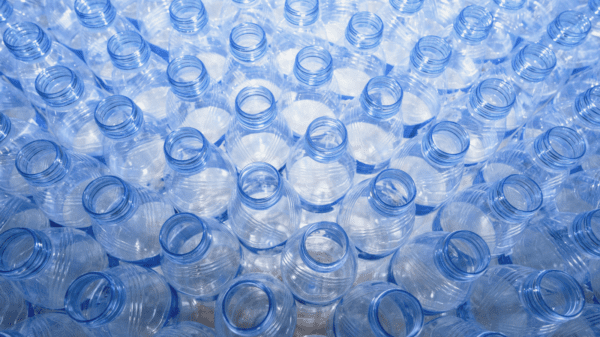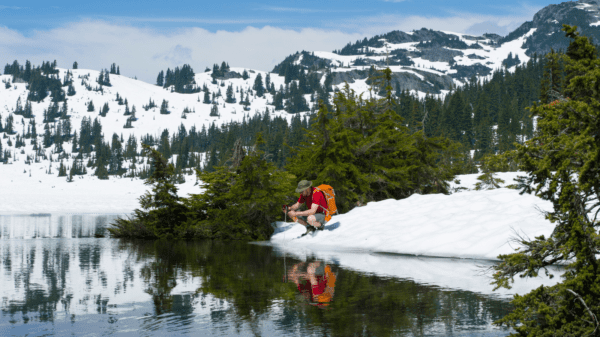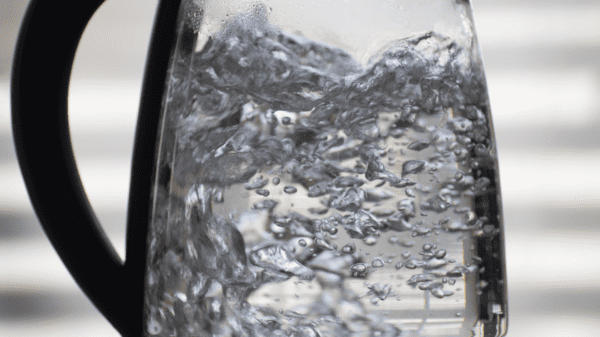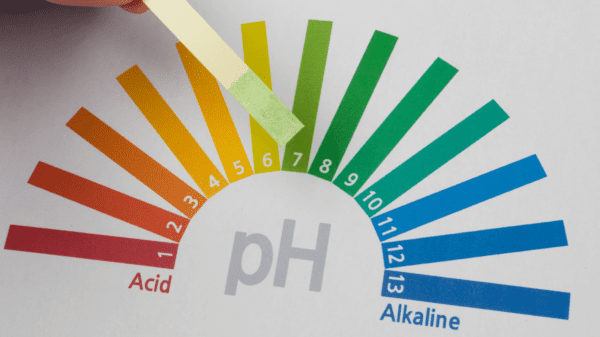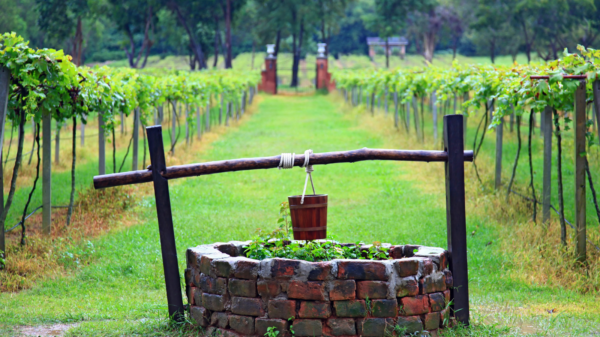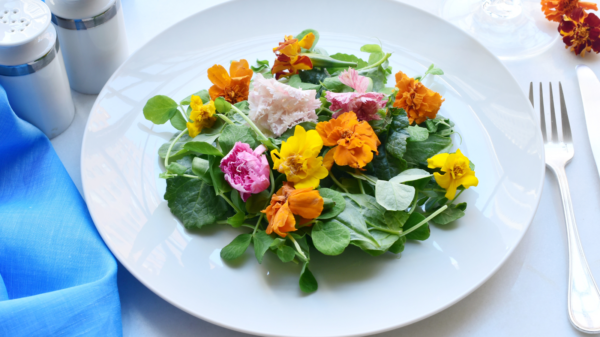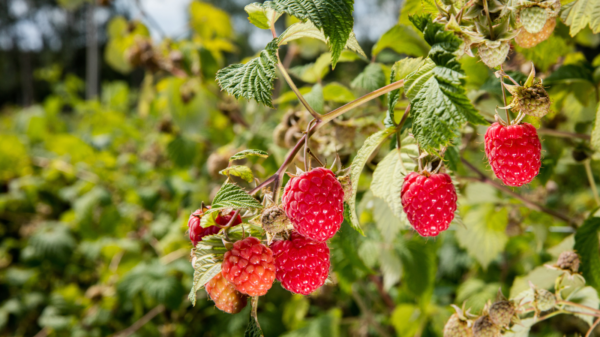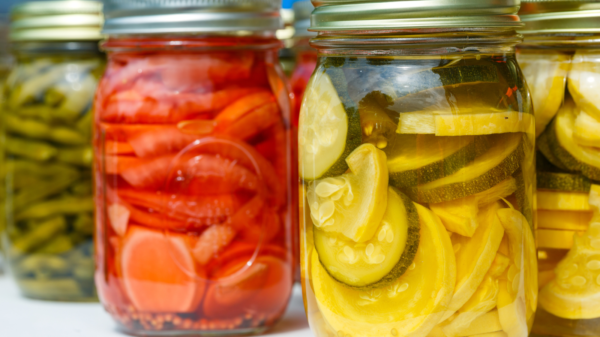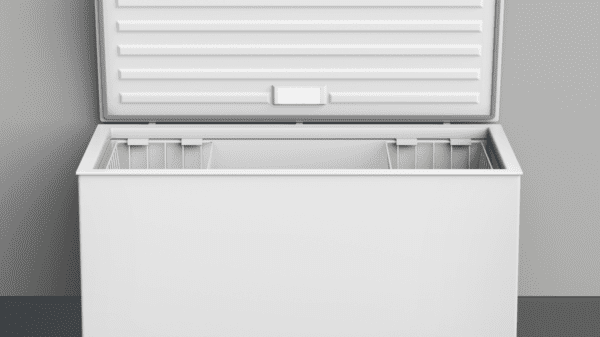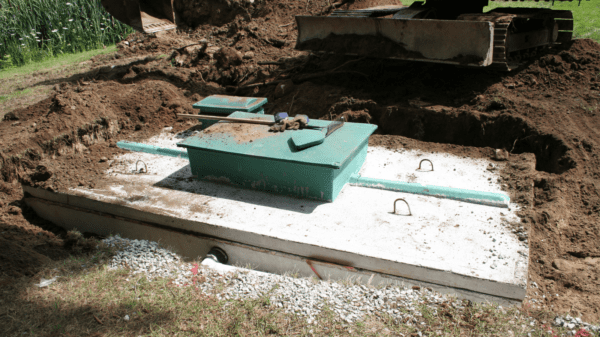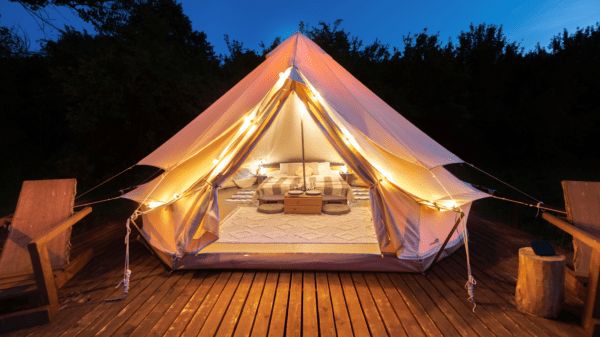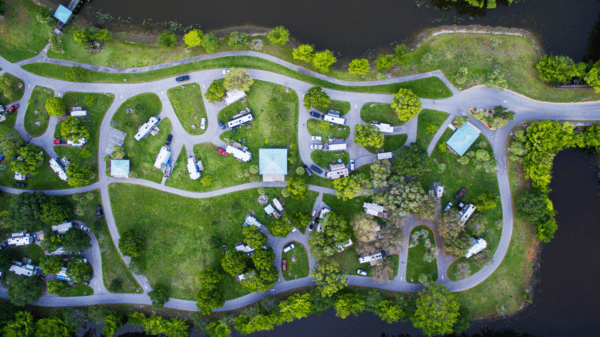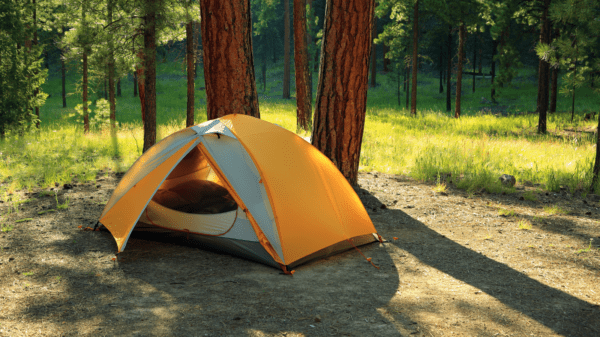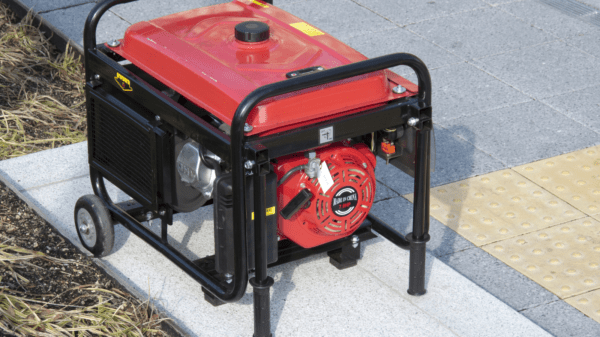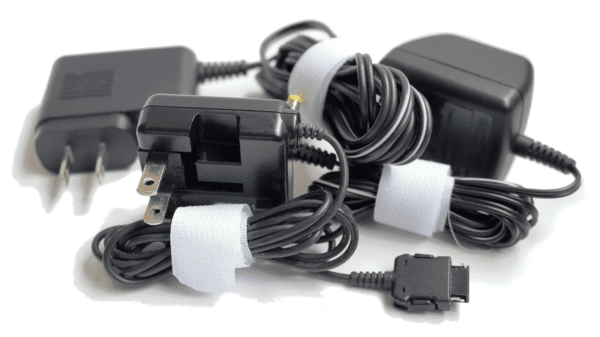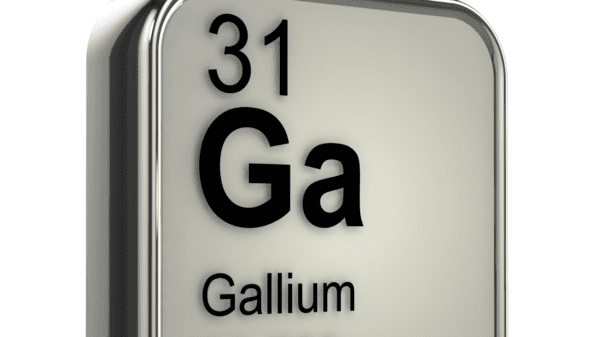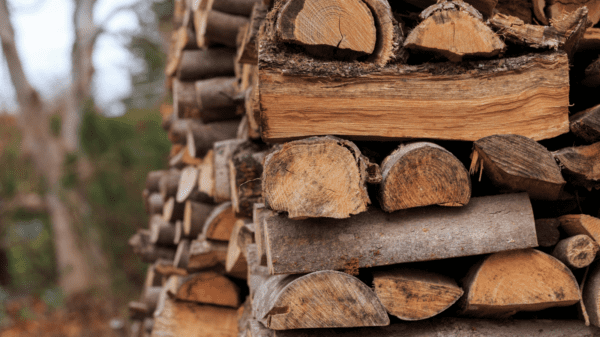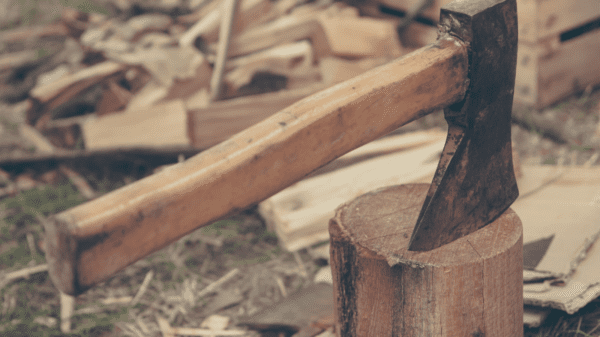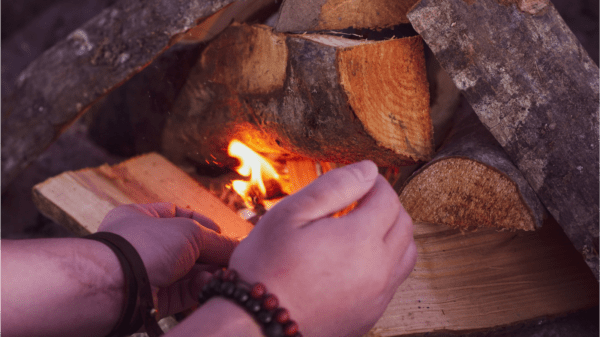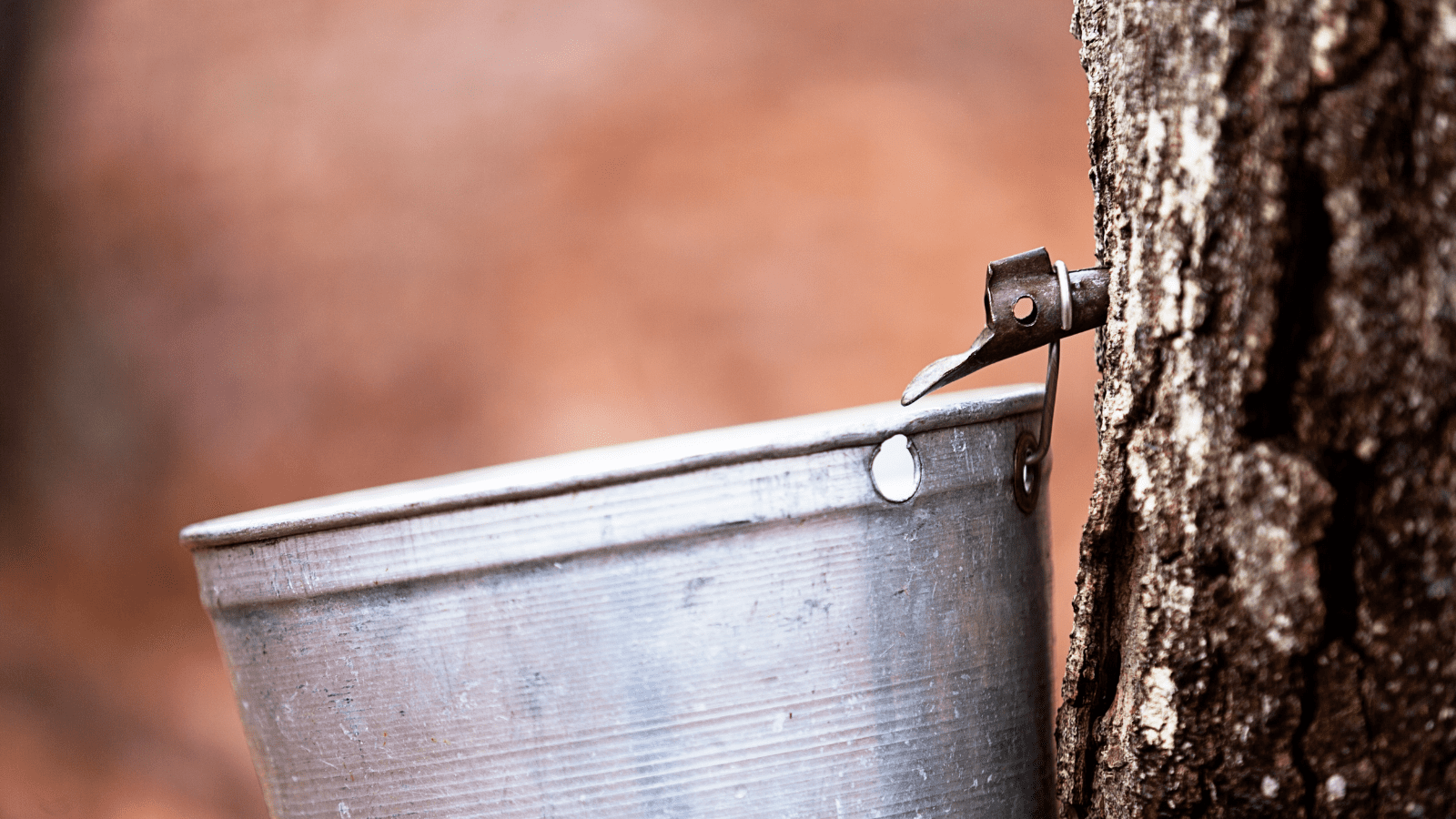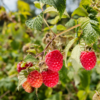Maple syrup is a delicious and natural sweetener that has been enjoyed for centuries. Made from the sap of maple trees, collecting maple syrup requires a bit of effort and the right equipment. In this blog post, we will discuss the process of collecting maple syrup, including the equipment needed, the best time of year to start, weather and temperature considerations, safety precautions, and storage.
Equipment needed
Collecting maple syrup requires several pieces of equipment. These include:
- Tapping equipment – this includes a drill, spile (also known as a spout), and hook or holder to secure the spile into the tree.
- Collection containers – to collect the sap, you will need a collection container. This can be a bucket or bag that hangs from the spile or tubing that runs from the tree to a collection container.
- Filtering equipment – after collecting the sap, it needs to be filtered to remove impurities. A strainer or filter can be used for this purpose.
- Evaporator – this equipment is used to boil off the water from the sap and concentrate it into maple syrup. An evaporator can be as simple as a large pot on a stove or as complex as a commercial-grade evaporator.
- Storage containers – once the syrup is ready, it needs to be stored in an airtight container. Mason jars, plastic containers, or metal cans are all suitable options.
Best time of year to start
The best time to start collecting maple syrup is in late winter or early spring when the sap starts flowing in the maple trees. This typically happens when the temperature rises above freezing during the day and drops below freezing at night. This fluctuation in temperature creates pressure within the tree, which causes the sap to flow.
Weather and temperature considerations
Collecting maple syrup is highly dependent on the weather and temperature. The sap will only flow when the temperature rises above freezing during the day and drops below freezing at night. This fluctuation in temperature creates pressure within the tree, which causes the sap to flow.
It’s important to collect the sap as soon as possible after it starts flowing. The longer you wait, the lower the sugar content in the sap becomes, which will result in a lower-quality syrup. Ideally, you should collect the sap daily and boil it down as soon as possible.
Safety precautions
Collecting maple syrup can be a fun and rewarding activity, but it’s important to take safety precautions. Here are some tips to keep in mind:
- Wear appropriate clothing and footwear – collecting sap can be messy, so wear clothing that you don’t mind getting dirty. Additionally, wear waterproof boots or shoes to keep your feet dry.
- Use caution when using a drill – when drilling into a tree, be careful not to drill too deeply or at an angle, as this can damage the tree.
- Don’t over-collect from a single tree – collecting too much sap from a single tree can damage it and reduce its lifespan.
- Boiling sap produces steam, so make sure the area is well-ventilated to prevent inhalation of steam.
- Boiling sap produces a lot of heat, so make sure the area is clear of any flammable materials.
- Always follow the manufacturer’s instructions when using an evaporator.
Storage
Once the syrup is ready, it needs to be stored properly. Maple syrup can be stored in an airtight container at room temperature for up to a year. Once opened, it should be refrigerated and used within six months.
In conclusion, collecting maple syrup is a fun and rewarding activity that requires the right equipment, attention to weather and temperature, safety precautions, and proper storage. With a little bit of effort, you can enjoy delicious, natural maple syrup throughout the year.

